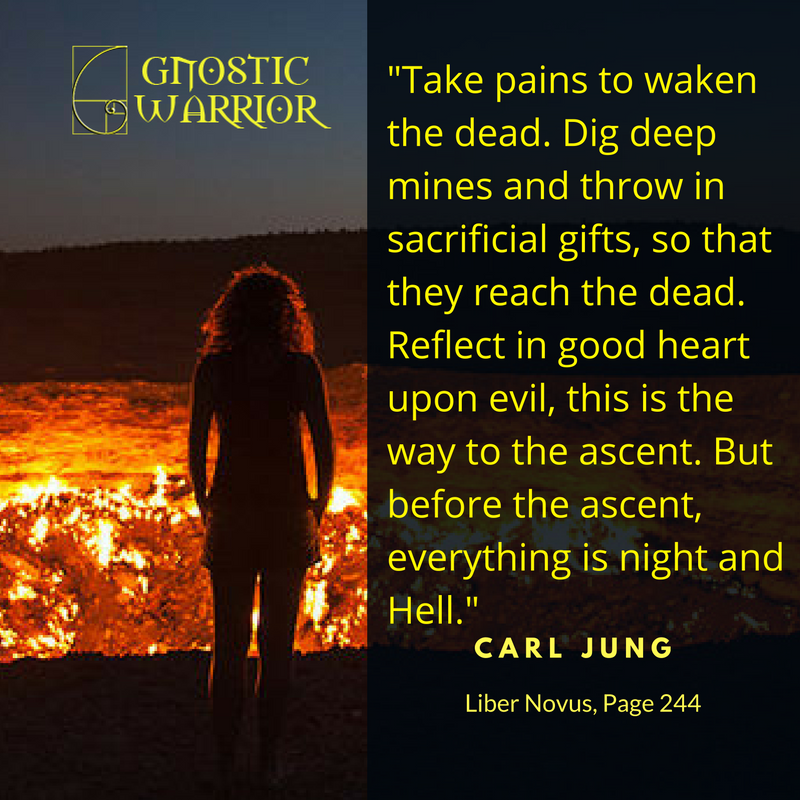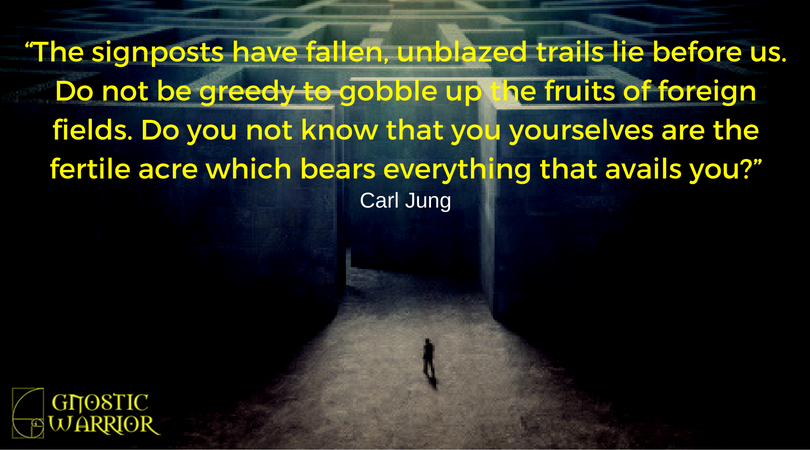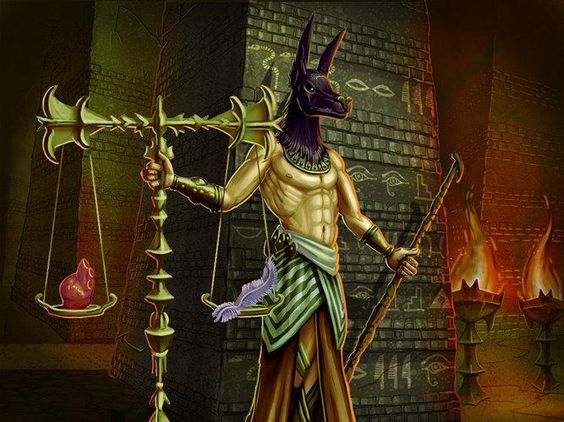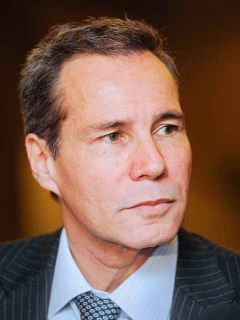Page xiii
As to the myths, Plato declares in the Gorgias and the Phaedon that they were the vehicles of great truths well worth the seeking. But commentators are so little en rapport with the great philosopher as to be compelled to acknowledge that they are ignorant where “the doctrinal ends, and the mythical begins.” Plato put to flight the popular superstition concerning magic and daemons, and developed the exaggerated notions of the time into rational theories and metaphysical conceptions. Perhaps these would not quite stand the inductive method of reasoning established by Aristotle; nevertheless they are satisfactory in the highest degree to those who apprehend the existence of that higher faculty of insight or intuition, as affording a criterion for ascertaining truth.
Basing all his doctrines upon the presence of the Supreme Mind, Plato taught that the nous, spirit, or rational soul of man, being “generated by the Divine Father,” possessed a nature kindred, or even homogeneous, with the Divinity, and was capable of beholding the eternal realities. This faculty of contemplating reality in a direct and immediate manner belongs to God alone; the aspiration for this knowledge constitutes what is really meant by philosophy — the love of wisdom. The love of truth is inherently the love of good; and so predominating over every desire of the soul, purifying it and assimilating it to the divine, thus governing every act of the individual, it raises man to a participation and communion with Divinity, and restores him to the likeness of God. “This flight,” says Plato in the Theaetetus, “consists in becoming like God, and this assimilation is the becoming just and holy with wisdom.”
The basis of this assimilation is always asserted to be the preexistence of the spirit or nous. In the allegory of the chariot and winged steeds, given in the Phaedrus, he represents the psychical nature as composite and two-fold; the thumos, or epithumetic part, formed from the substances of the world of phenomena; and the thumoeides, the essence of which is linked to the eternal world. The present earth-life is a fall and punishment. The soul dwells in “the grave which we call the body,” and in its incorporate state, and previous to the discipline of education, the noetic or spiritual element is “asleep.” Life is thus a dream, rather than a reality. Like the captives in the subterranean cave, described in The Republic, the back is turned to the light, we perceive only the shadows of objects, and think them the actual realities. Is not this
Page xiv
the idea of Maya, or the illusion of the senses in physical life, which is so marked a feature in Buddhistical philosophy? But these shadows, if we have not given ourselves up absolutely to the sensuous nature, arouse in us the reminiscence of that higher world that we once inhabited. “The interior spirit has some dim and shadowy recollection of its antenatal state of bliss, and some instinctive and proleptic yearnings for its return.” It is the province of the discipline of philosophy to disinthrall it from the bondage of sense, and raise it into the empyrean of pure thought, to the vision of eternal truth, goodness, and beauty. “The soul,” says Plato, in the Theaetetus, “cannot come into the form of a man if it has never seen the truth. This is a recollection of those things which our soul formerly saw when journeying with Deity, despising the things which we now say are, and looking up to that which REALLY IS. Wherefore the nous, or spirit, of the philosopher (or student of the higher truth) alone is furnished with wings; because he, to the best of his ability, keeps these things in mind, of which the contemplation renders even Deity itself divine. By making the right use of these things remembered from the former life, by constantly perfecting himself in the perfect mysteries, a man becomes truly perfect — an initiate into the diviner wisdom.”
Hence we may understand why the sublimer scenes in the Mysteries were always in the night. The life of the interior spirit is the death of the external nature; and the night of the physical world denotes the day of the spiritual. Dionysus, the night-sun, is, therefore, worshipped rather than Helios, orb of day. In the Mysteries were symbolized the preexistent condition of the spirit and soul, and the lapse of the latter into earth-life and Hades, the miseries of that life, the purification of the soul, and its restoration to divine bliss, or reunion with spirit. Theon, of Smyrna, aptly compares the philosophical discipline to the mystic rites: “Philosophy,” says he, “may be called the initiation into the true arcana, and the instruction in the genuine Mysteries. There are five parts of this initiation: I., the previous purification; II., the admission to participation in the arcane rites; III., the epoptic revelation; IV., the investiture or enthroning; V. — the fifth, which is produced from all these, is friendship and interior communion with God, and the enjoyment of that felicity which arises from intimate converse with divine beings. . . . Plato denominates the epopteia, or personal view, the perfect contemplation of things which are apprehended intuitively, absolute truths and ideas. He also considers the binding of the head and crowning as analogous to the authority which any one receives from his instructors, of leading others into the same contemplation. The fifth gradation is the most perfect felicity arising from hence, and, according to

Moe is the founder of GnosticWarrior.com. He is a father, husband, author, martial arts black belt, and an expert in Gnosticism, the occult, and esotericism.

![How another contrarywise before his death saw a book containing his sins, which was shown him by devils [704-709 A.D.] | Book 5 | Chapter 12 How another contrarywise before his death saw a book containing his sins, which was shown him by devils [704-709 A.D.] | Book 5 | Chapter 12](https://www.gnosticwarrior.com/wp-content/plugins/contextual-related-posts/default.png)



